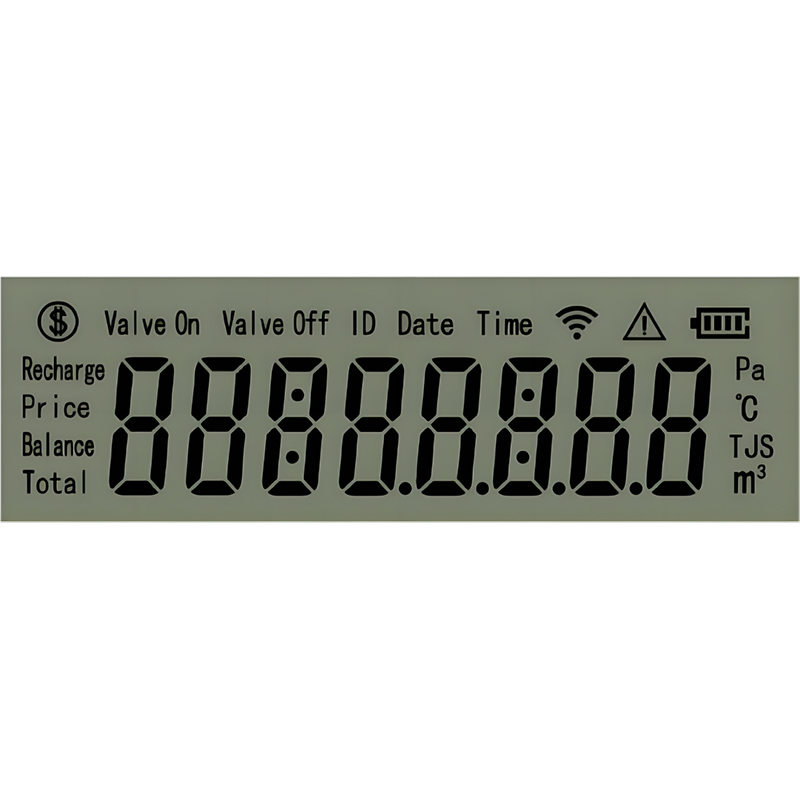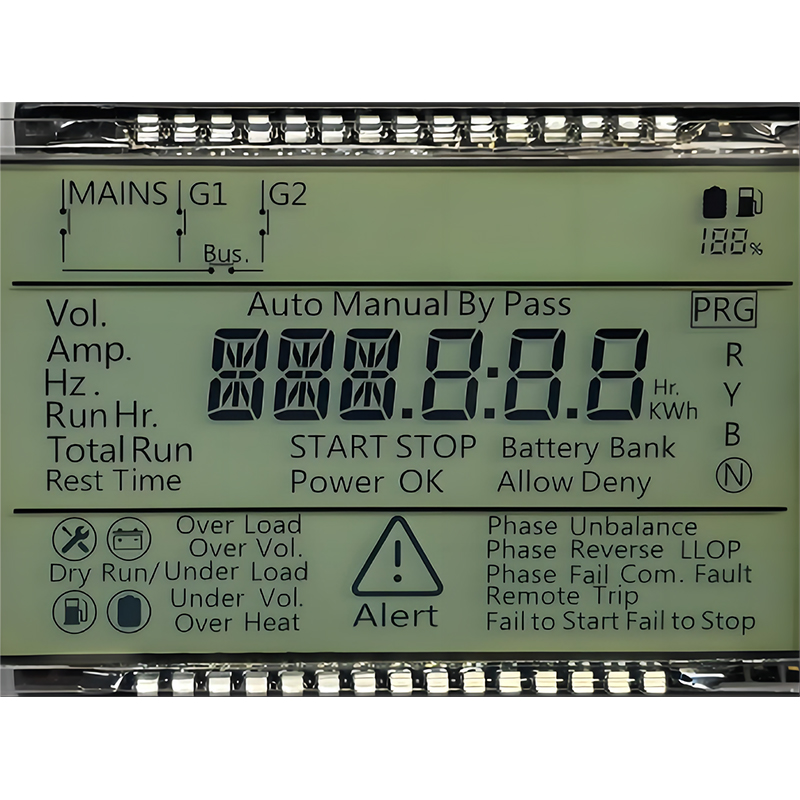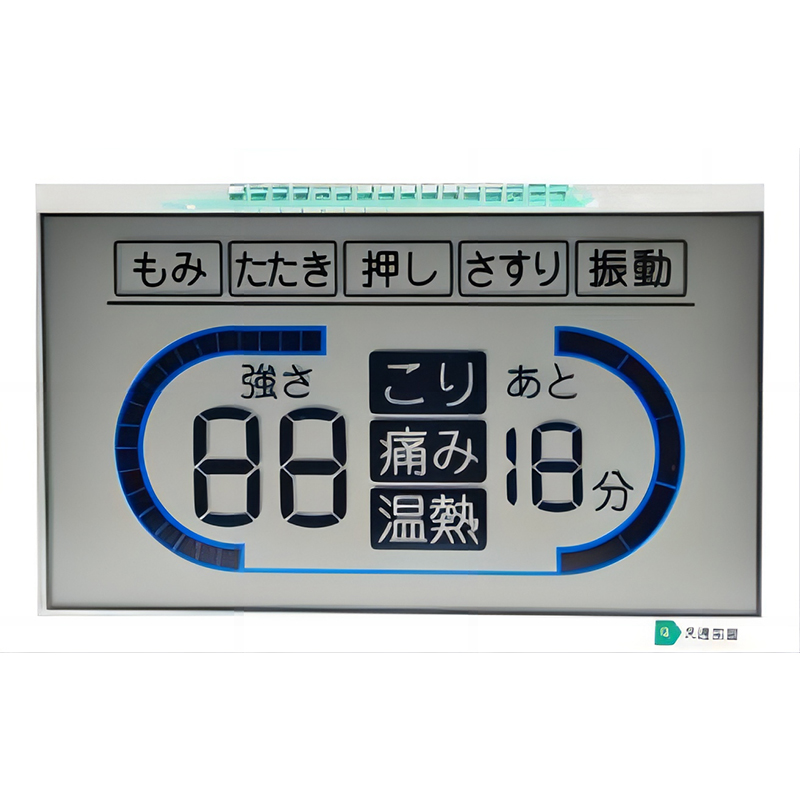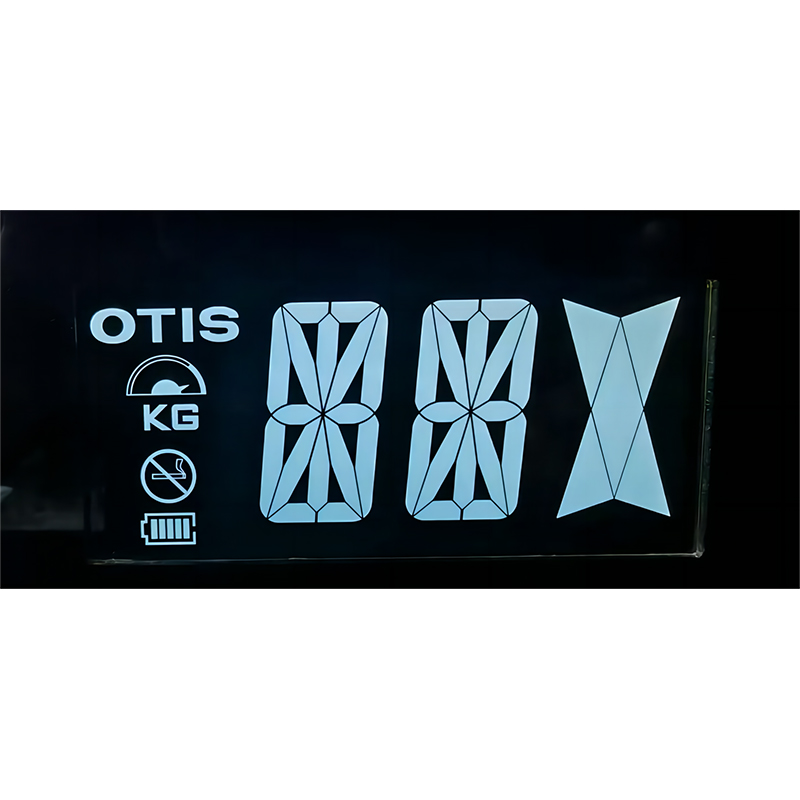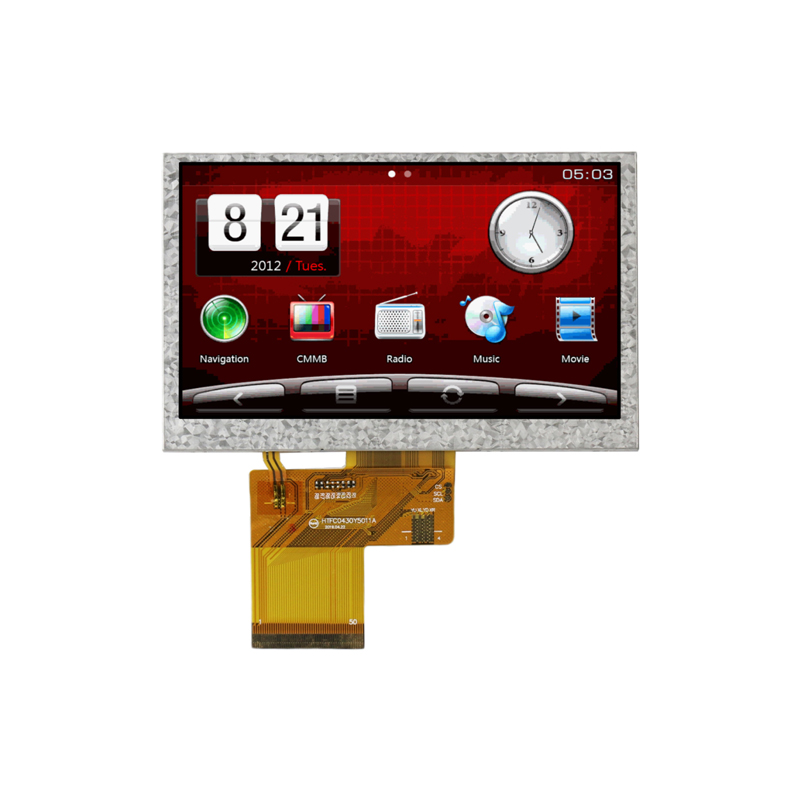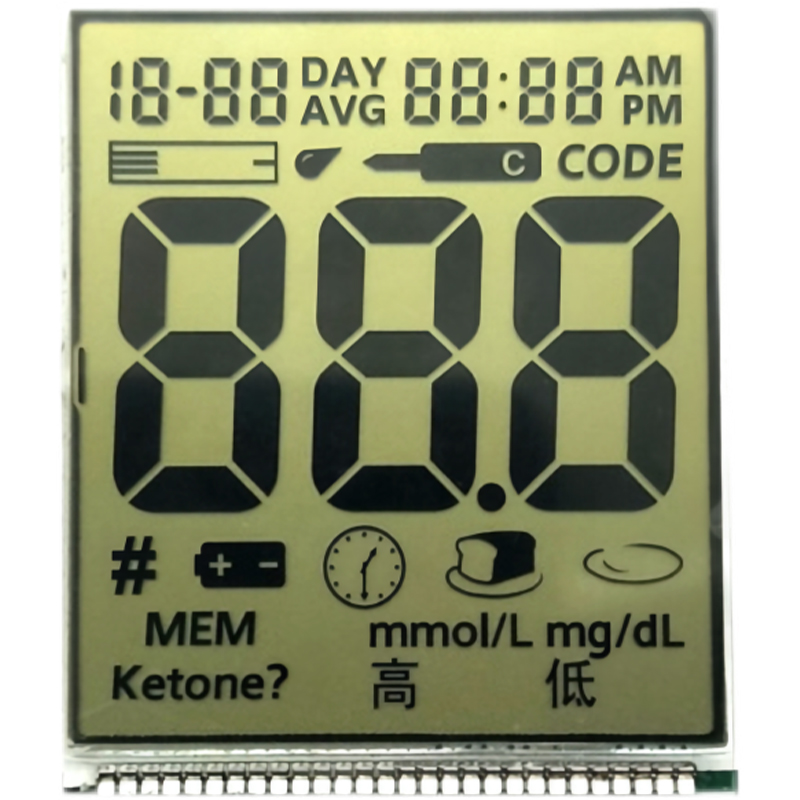
This comprehensive guide explores the world of high contrast LCDs, examining their benefits, applications, and key considerations for choosing the right display for your needs. We'll delve into the technology behind these displays, compare them to standard LCDs, and discuss factors to consider when making a purchase, ensuring you find the perfect high contrast LCD for your specific application.
High contrast LCDs boast superior black levels compared to standard LCDs. This is achieved through various techniques, including advanced backlight control and improved panel technologies. The higher contrast ratio dramatically enhances image depth, detail, and overall visual appeal. A higher contrast ratio translates to richer blacks, brighter whites, and more vibrant colors, making images appear more lifelike and detailed. You'll notice a significant difference in readability and visual comfort, particularly in dimly lit environments.
The contrast ratio is expressed as a numerical value (e.g., 1000:1, 10000:1). A higher number indicates better contrast. While marketing materials often boast impressive numbers, it's crucial to understand that real-world performance can vary. Factors such as viewing angle and ambient light affect the perceived contrast. Many reputable manufacturers, such as Dalian Eastern Display Co., Ltd. (https://www.ed-lcd.com/), provide detailed specifications for their high contrast LCD displays, offering clarity on these crucial metrics.
High contrast LCDs are highly valued in professional environments requiring precision and detail. This includes applications in medical imaging, graphic design, video editing, and air traffic control, where accurate color representation and deep blacks are paramount. The enhanced clarity offered by these displays improves efficiency and reduces eye strain.
While perhaps less common in mainstream consumer electronics, high contrast LCDs are increasingly found in high-end televisions, monitors, and portable devices. The improved visual experience makes them appealing to users who value exceptional image quality and immersive viewing.
In industrial settings, high contrast LCDs offer significant advantages. Their robust design and high visibility make them ideal for use in harsh environments, such as control panels, instrumentation, and outdoor displays, where clear and easily readable information is critical for safety and efficiency.
Selecting the best high contrast LCD depends on individual needs and preferences. Key factors include screen size, resolution, response time, viewing angle, and of course, the contrast ratio. It is important to weigh these factors against your budget and specific application requirements. Remember to check reviews and compare specifications from different manufacturers before making a purchase. Dalian Eastern Display Co., Ltd. offers a range of options to suit different needs.
| Feature | High Contrast LCD | Standard LCD |
|---|---|---|
| Contrast Ratio | Significantly higher (e.g., 1000:1 and above) | Lower (e.g., 600:1 - 800:1) |
| Black Levels | Deeper, more accurate blacks | Grayer blacks, less depth |
| Image Quality | More vibrant, lifelike images | Less vibrant, washed-out colors in some cases |
| Price | Generally higher | Generally lower |
Investing in a high contrast LCD offers a noticeable upgrade in visual fidelity and usability. By understanding the technology and considering your specific needs, you can choose a display that enhances your productivity, enjoyment, and overall experience. Whether for professional use or personal enjoyment, the benefits of high contrast LCDs are undeniable.

